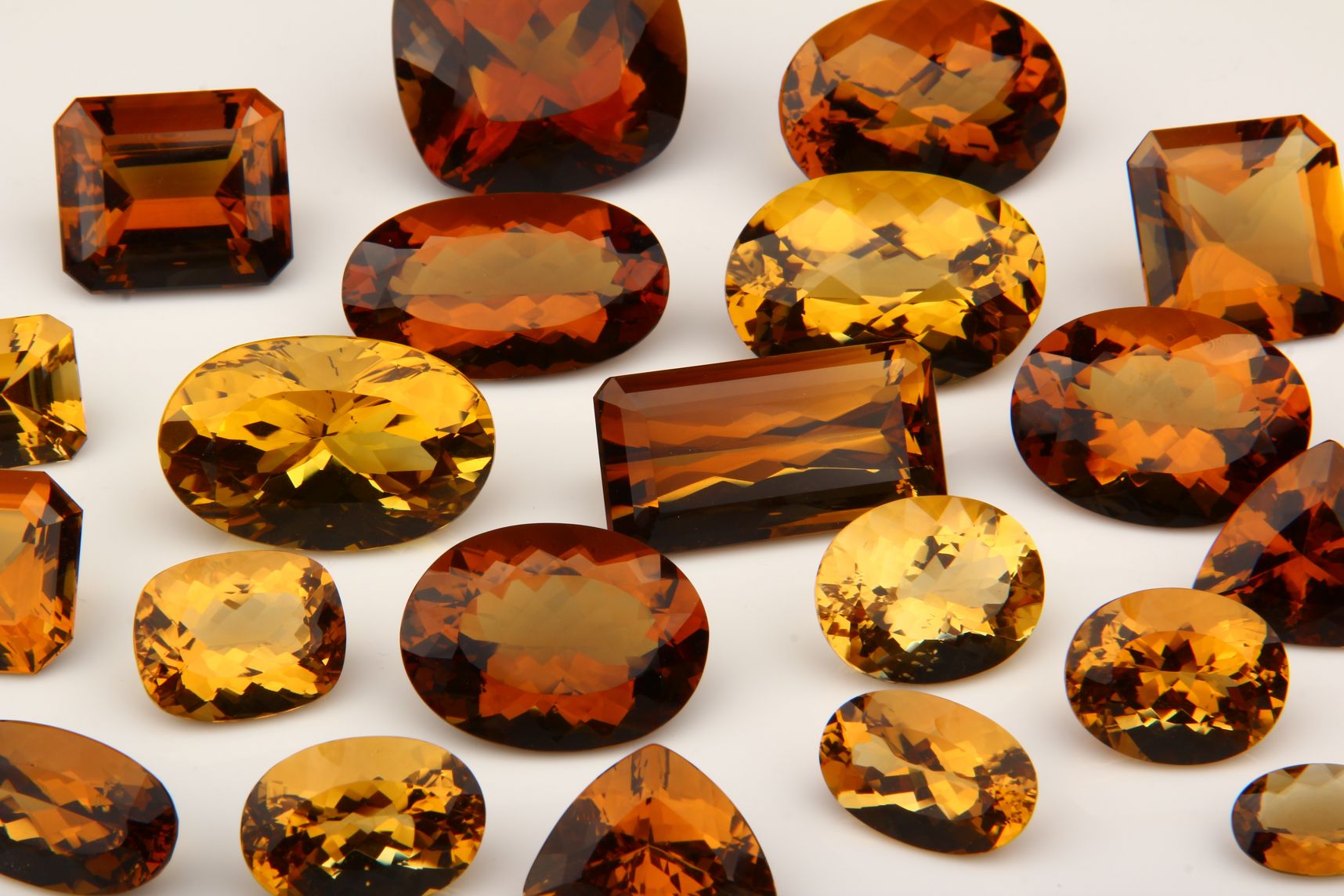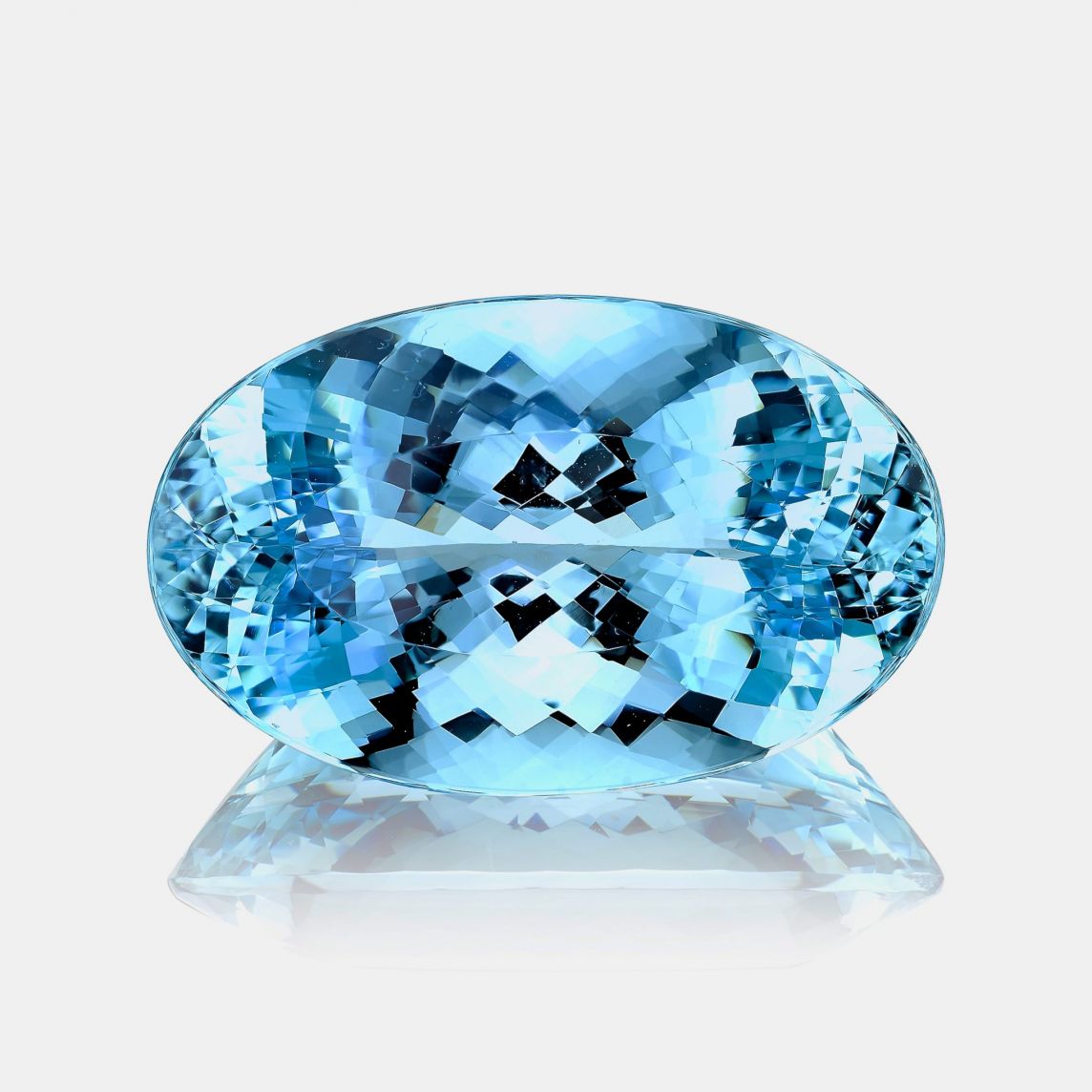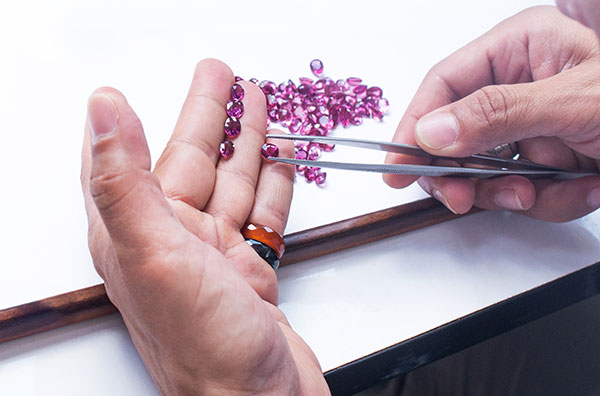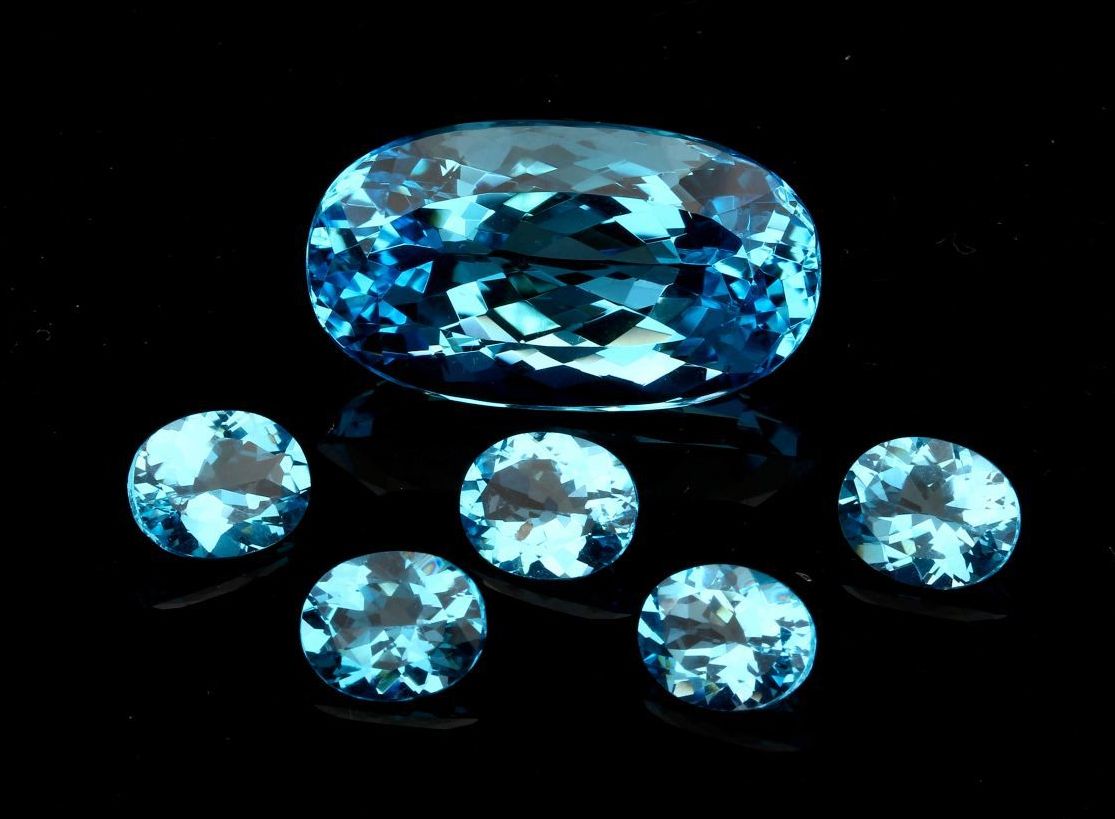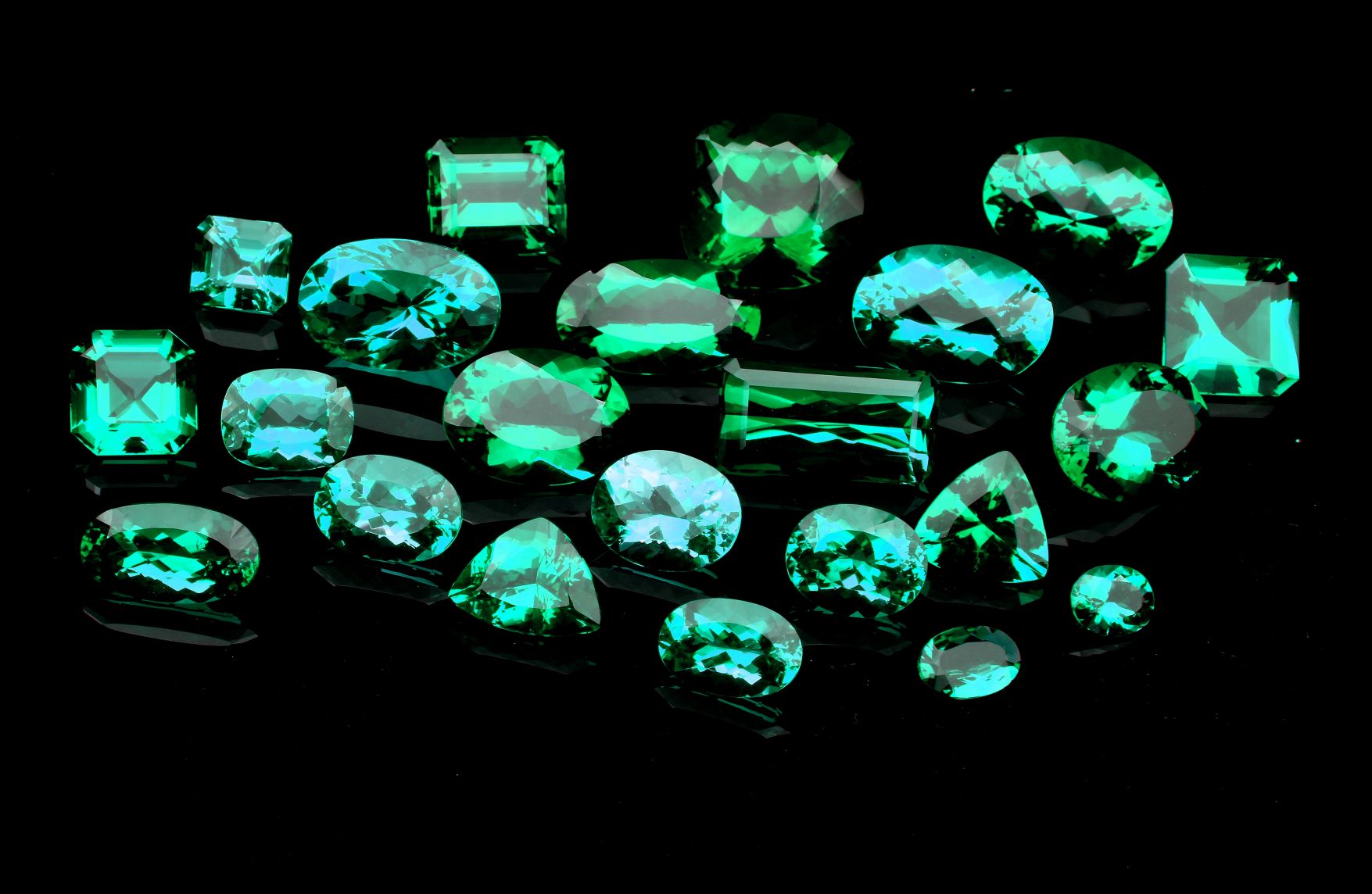
Green Tourmaline Lot
As a young man, Bernardo Feler came to love and appreciate gemstones in the beautiful, gem-diverse country of Brazil. Colorful and brilliant gems captured his imagination and ignited a passion inside of him that has stayed with him for over 40 years now. That passion led him to create BrazRio International.
In the following years, Mr. Feler studied, invested in mining rights, sourced, cut, and traded fine gemstones for a living through BrazRio International. His company has now been in existence for decades and has become both a trusted name in the industry and a reliable source of gemstones for jewelers, designers and collectors around the globe.
The gemstone division of BrazRio remains the company’s largest business arm because its consistently-stocked collection of rare and unique gems. Most of our gemstone transactions come via calls from jewelers and designers looking for specific pieces; however, we still attend various renowned trade shows around the world – at sights such as Tucson, Las Vegas, and Hong Kong. Our presence at these shows gives buyers a venue where they can meet with us in person and see our amazing collection.
We have a large inventory of cut and rough gemstones that can fulfill just about any project or special order.

